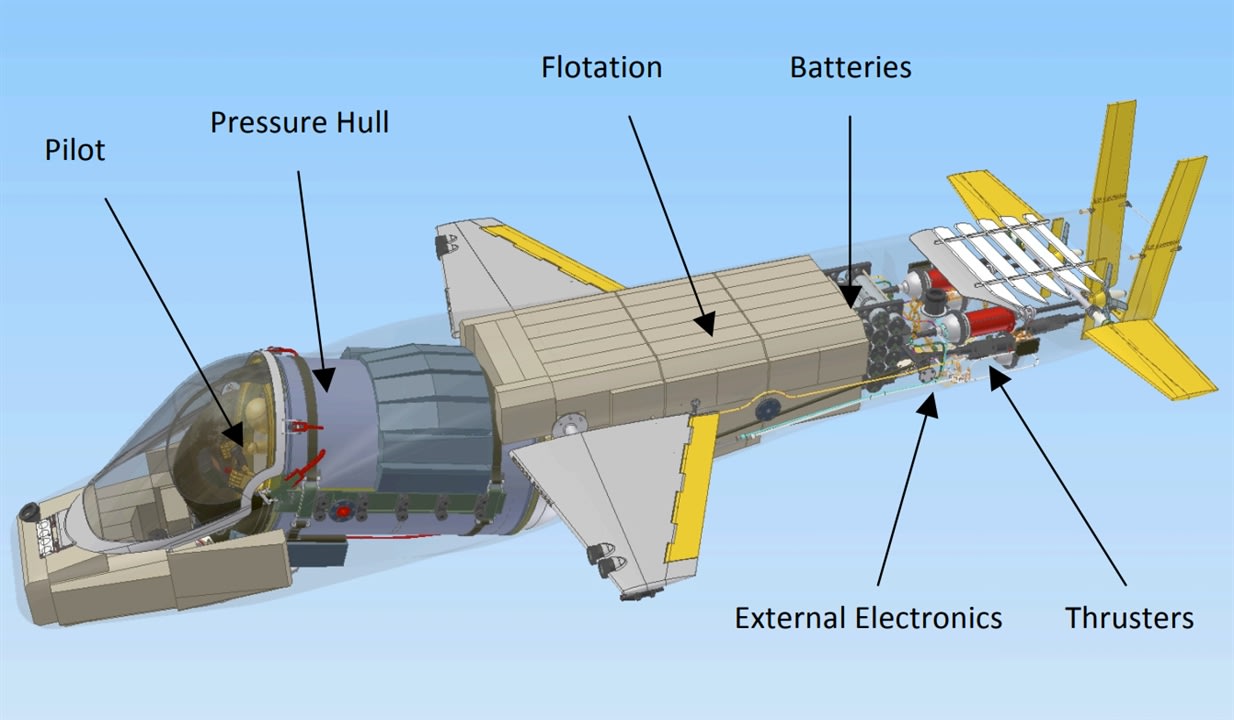Atros
Geotechnical
- Jun 26, 2015
- 13
Hello there, i was wondering if someone could help me interpreting this triaxial undrained test.
I need to obtain the undrained shear strength (Su) in terms of the effective vertical pressure: Su/Sigma'v.
Also cohesion and friction angle.
Im attaching the spreadsheet with the results. Thanks a lot.
I need to obtain the undrained shear strength (Su) in terms of the effective vertical pressure: Su/Sigma'v.
Also cohesion and friction angle.
Im attaching the spreadsheet with the results. Thanks a lot.




